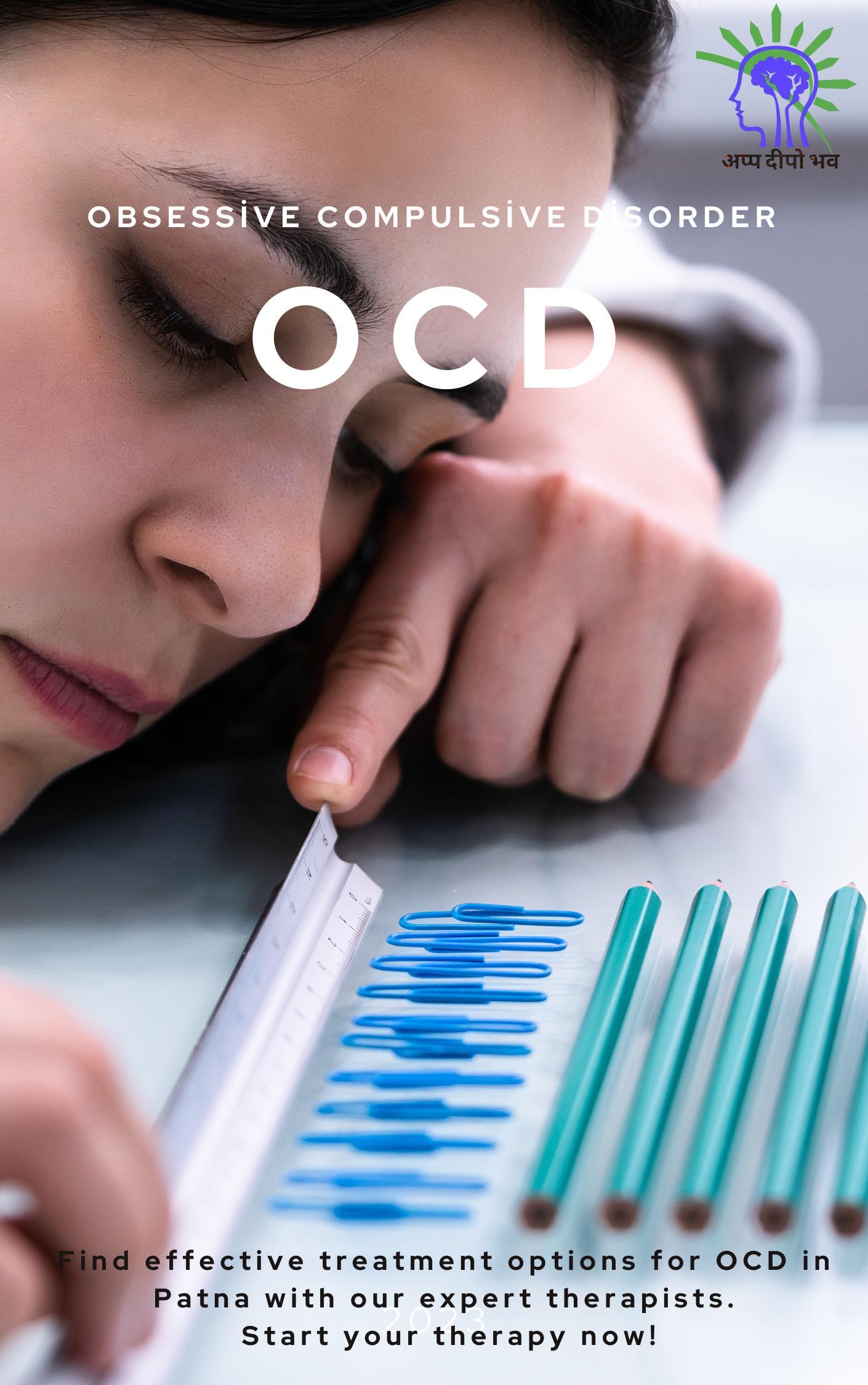Obsessive Compulsive Disorder
In this post, we will explore the symptoms, causes, and effective treatments for OCD, providing valuable insights for those seeking understanding and support.
Whether you or someone you know is affected by OCD, this information can help illuminate the path to managing this condition.
What is OCD behaviour?
OCD behavior involves a repeating cycle of unwanted thoughts and actions.
People with obsessive-compulsive disorder (OCD) often have troubling thoughts or urges that make them feel very anxious.
To ease this anxiety, they do certain actions over and over or perform mental tasks.
For example, someone with OCD might wash their hands many times to feel clean or check things repeatedly to feel safe.
These actions, meant to reduce anxiety, can take up a lot of time and make everyday life harder.
They provide only short-term relief and keep the cycle of obsessive thoughts and compulsive actions going, making it tough for people to break free from these behaviors.
Signs and symptoms of OCD behaviour
1.Persistent Thoughts:
People with OCD often have troubling thoughts or images that they can’t control. These thoughts usually involve fears like germs or danger.
2.Repetitive Actions:
They might do things over and over to reduce anxiety. For example, they might wash their hands too much, check if doors are locked multiple times, or arrange items in a specific order.
3.Mental Routines:
They may perform mental tasks, such as counting, saying prayers, or repeating phrases, to avoid feared outcomes or lessen anxiety.
4.Avoiding Triggers:
They often avoid places, objects, or situations that might trigger their obsessive thoughts or compulsive actions, which can limit their daily activities and social life.
5.Excessive Time:
They spend a lot of time on their obsessions and compulsions, which can interfere with their work, responsibilities, and social life.
6.Impaired Functioning:
They struggle to handle everyday tasks, work, and relationships because of the intensity and persistence of their symptoms.
7.High Anxiety:
They experience significant anxiety and discomfort from their obsessions, which leads them to perform compulsive behaviors to try to relieve this stress.
These obsessive-compulsive disorder (OCD) symptoms can vary in severity and impact a person’s overall life and daily functioning.
What Are the 4 Types of OCD?
The four types of obsessive compulsive disorder are as follows:
Contamination OCD:
People with this type have a strong fear of germs, dirt, or other contaminants. They often clean things excessively or avoid touching certain objects to stay safe from germs. Common behaviors include washing hands repeatedly, cleaning surfaces too often, or avoiding things they think are dirty.
Checking OCD:
This type involves a strong need to repeatedly check things to make sure they are safe. People with OCD might check locks, appliances, or their personal safety many times to prevent harm. Their checking is driven by anxiety about what could go wrong if they don’t check.
Symmetry OCD:
Individuals with symmetry OCD are very concerned with order and exactness. They may feel compelled to arrange things in a specific way, count items, or do tasks in a certain order to feel balanced or to avoid something bad happening. This need for symmetry leads to repetitive actions and routines.
Hoarding OCD:
This type is about having trouble throwing things away. People with hoarding OCD collect many items and feel very anxious about getting rid of them. Their spaces often become cluttered, which can make daily life difficult.
Recognizing these types can help in understanding OCD better and finding the right treatment to manage its effects.
Obsessive Compulsive Disorder Best Treatment
To manage obsessive-compulsive disorder (OCD) effectively, a mix of therapies and medications is often used.
Here are the main obsessive-compulsive disorder treatment options:
1.Cognitive Behavioral Therapy (CBT):
CBT, especially a method called Exposure and Response Prevention (ERP), helps people with OCD by gradually facing their fears. It teaches them to resist performing compulsive actions, which helps reduce anxiety and change harmful thinking patterns.
2.Medications:
Antidepressants, particularly selective serotonin reuptake inhibitors (SSRIs), are commonly prescribed. These medications work by increasing serotonin in the brain, which can help lower the intensity and frequency of OCD symptoms.
3.Mindfulness and Relaxation Techniques:
Practices like mindfulness, deep breathing, and meditation help manage the stress and anxiety that come with OCD. They support other treatments and improve overall well-being.
4.Support Groups:
Joining support groups provides emotional support and practical advice from others who understand OCD. These groups offer encouragement and share experiences that can complement formal treatments.
5.Psych education:
Learning about OCD and its treatments helps people understand their condition better and be more involved in their treatment.
Using these approaches together can often lead to better management and relief from OCD symptoms.
Seeking treatment for Obsessive Compulsive Disorder (OCD) from a qualified professional like Dr. Vivek Pratap Singh psychiatrist doctor in patna can be beneficial. Dr. Singh's expertise in the field of mental health can provide patients with specialized care and effective treatment options. By consulting with Dr. Singh psychiatrist in Patna, individuals with OCD can receive personalized therapy and support to help manage their symptoms and improve their overall quality of life.


